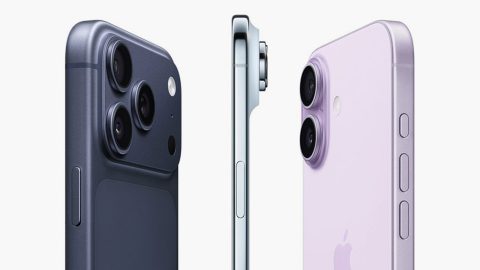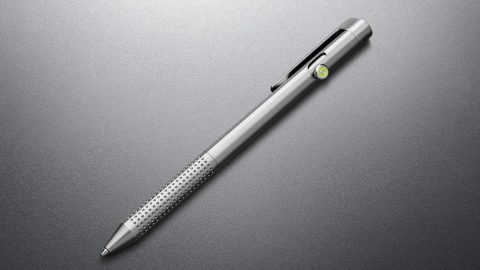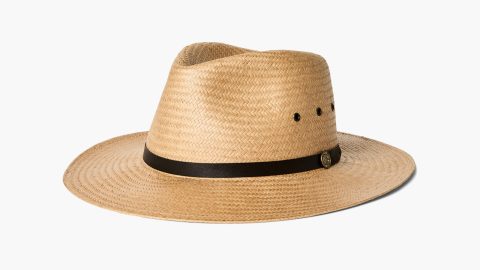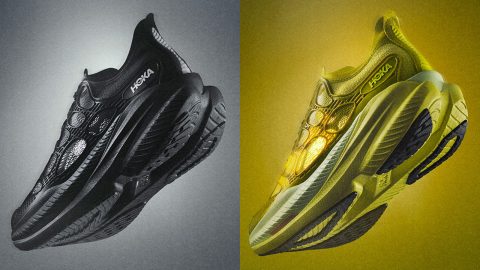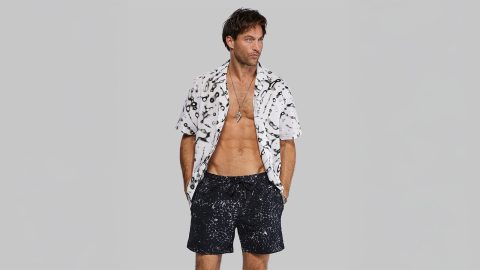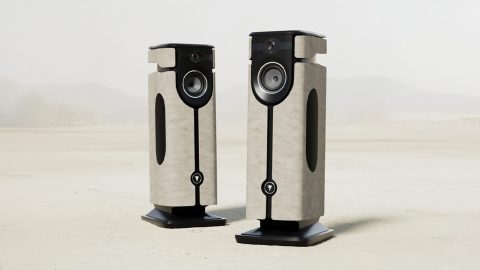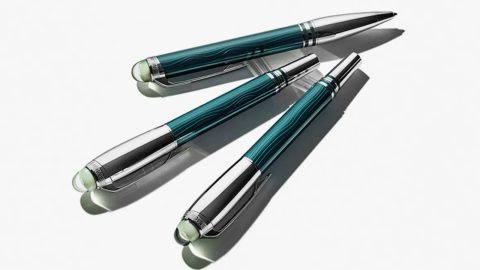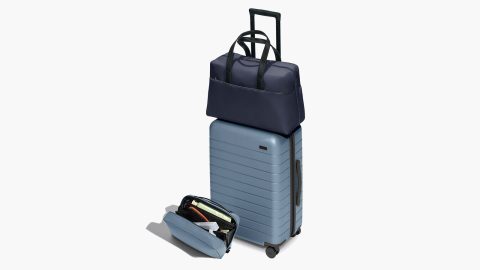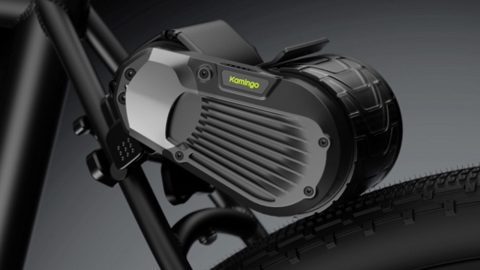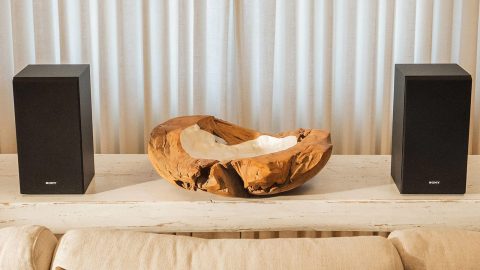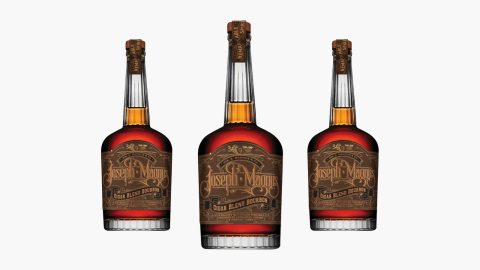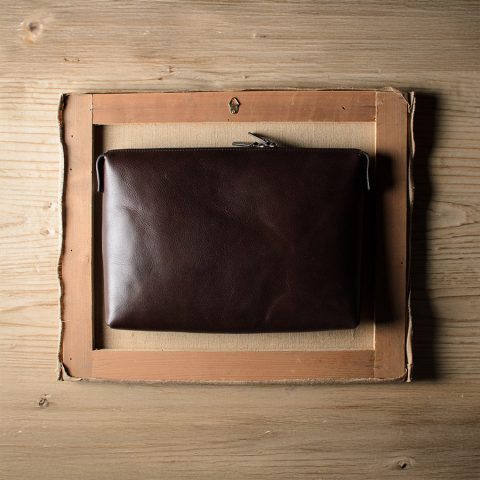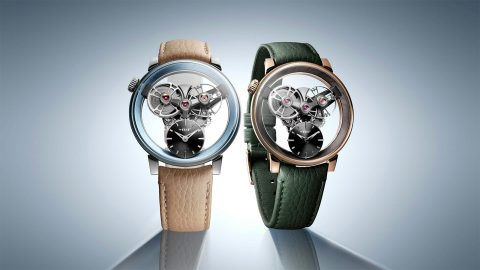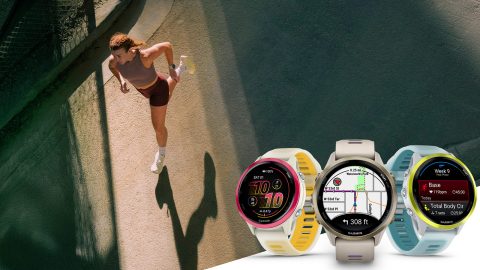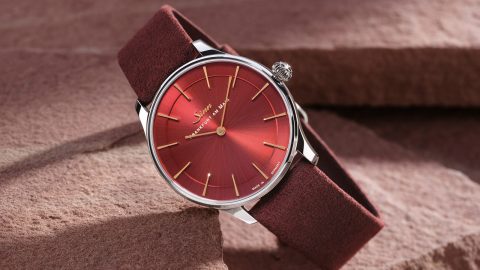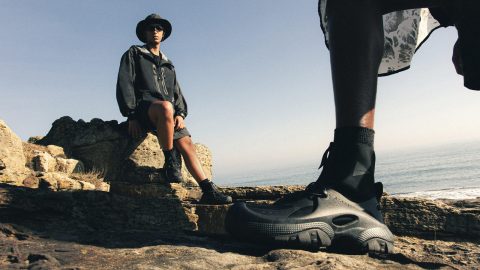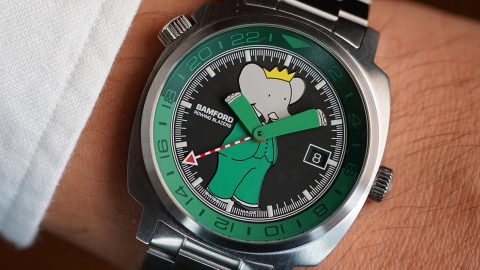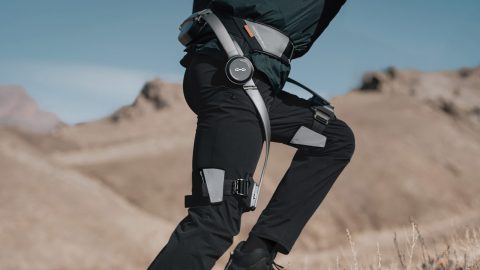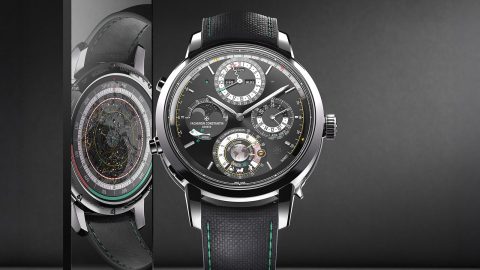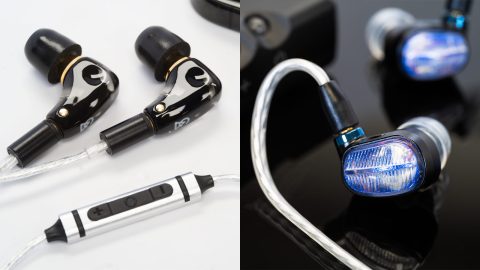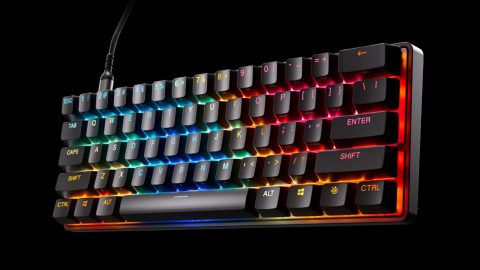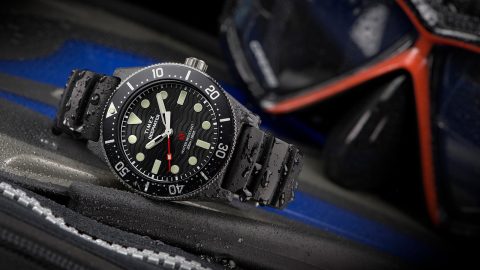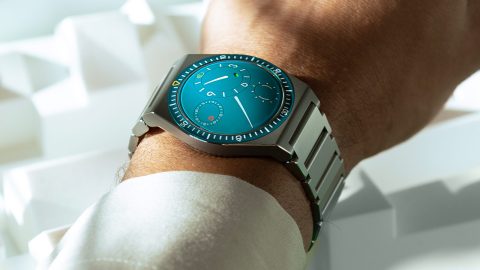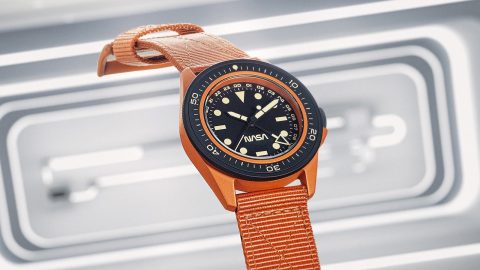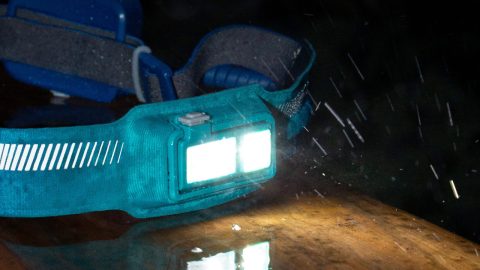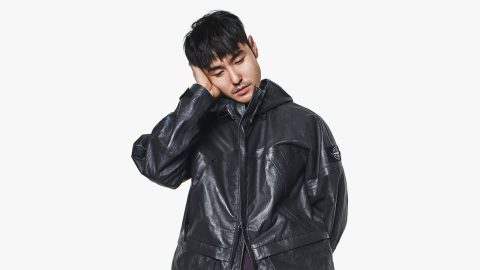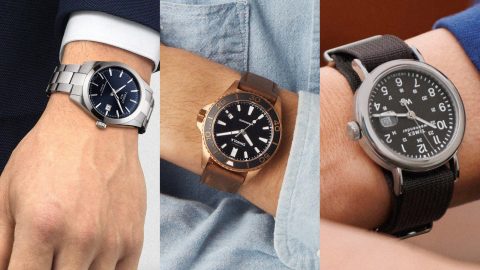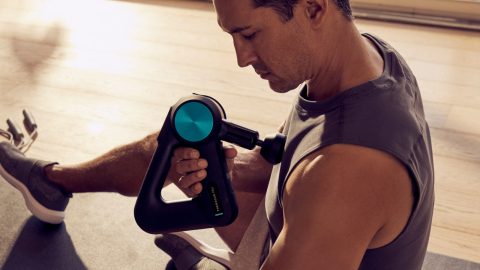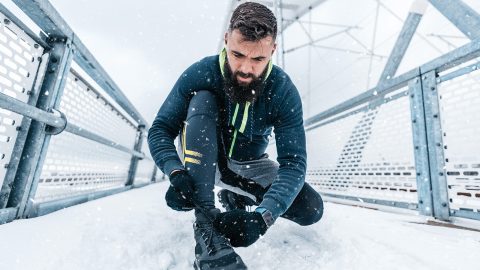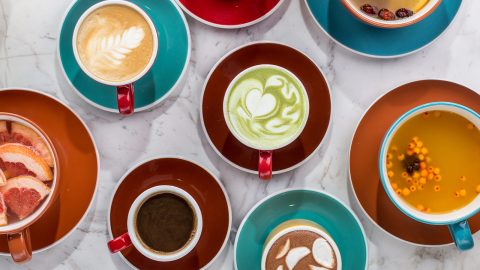When someone references “The Green Fairy”, do you think of Tinkerbell or something a little more… adult? We won’t judge you for either answer, but today we’re focused on the wormwood-based spirit that might make you feel like you can fly. Thanks to base of botanical ingredients, absinthe is naturally green, though some brands aim for a colorless result which is less traditional but perhaps easier to distinguish from the neon, syrupy liqueurs dotting so many bar shelves these days.
Absinthe may well be the most maligned alcohol currently on the market (except maybe for Schlitz…), but does it deserve the bad rap? While there’s no proof absinthe will make you hallucinate, some people swear it has healing, even mind-opening properties. Groovy.
A Quick Shot
- Proof: 90-148
- Calories Per Ounce: ~83, depending on proof and any added sugar
- Big-Name Brands: Lucid, La Clandestine, St. George, Leopold Brothers, Pernod, Kubler
- Classic Cocktails: Absinthe Drip, Corpse Reviver, Sazerac, Death in the Afternoon
- Famous Song: “The Perfect Drug” – Nine Inch Nails
- Did You Know? Shock rocker Marilyn Manson is a huge fan of absinthe and even has his own label called Mansinthe
A Brief History of Absinthe
Absinthe is high on the long list of drinks with medicinal origins. Legend has it an 18th-century Swiss doctor named Pierre Ordinaire (almost too good to be true, right?) plucked some native Alpine wormwood, stuck it in alcohol, and create a tincture used to treat malaria. That may be fact or it could be total bunk, but we do know that wormwood as a cure-all dates back to ancient Egypt and Greece.
Absinthe’s role as an antimalarial made it popular among French troops who developed an affinity for the drink. Word spread, as did absinthe itself.
Still, Ordinaire’s involvement was a turning point, as was his partnership with the Henriod sisters who then sold their recipe—now altered to include green anise and fennel—to one Major Dubied. Dubied then opened the very first absinthe distillery, Dubied Père et Fils, in the Swiss city of Couvet. The Dubied family’s second endeavor was a French distillery called Pernod Fils.
Absinthe’s role as an antimalarial made it popular among French troops who developed an affinity for the drink. Word spread, as did absinthe itself, with bottles exported across Europe and to the U.S., where it helped birth the almighty Sazerac in New Orleans.
The public’s growing obsession with absinthe was a threat to the wine industry, and many people blame wine producers for the 19th-century smear campaign that claimed absinthe caused everything from epilepsy to violence to insanity. Governments instituted frantic bans and production dropped drastically even in places where the drink was still technically legal. It wasn’t until the 1990s that the absinthe revival began. Bottles with lower levels of wormwood skated under legal thresholds and suddenly absinthe was the cool thing to sip in dimly lit lounges.
Production, Taste, and Trends
Unlike many liquors, absinthe has no legally regulated method of production. Pretty much any wormwood-infused herbaceous alcohol can be labeled as absinthe, but most include some combination of wormwood, green anise, and fennel with fun additions like peppermint, coriander, star anise, hyssop, and angelica.
Unlike many liquors, absinthe has no legally regulated method of production. Pretty much any wormwood-infused herbaceous alcohol can be labeled as absinthe.
Given all those botanicals, it’s no surprise absinthe is made in much the same way we make gin. Macerate the herbs, distill the mash, reduce, then bottle. There’s also a cold-mix process favored by some modern makers; it’s less expensive and skips distillation in favor blending flavored compounds with plain grain alcohol.
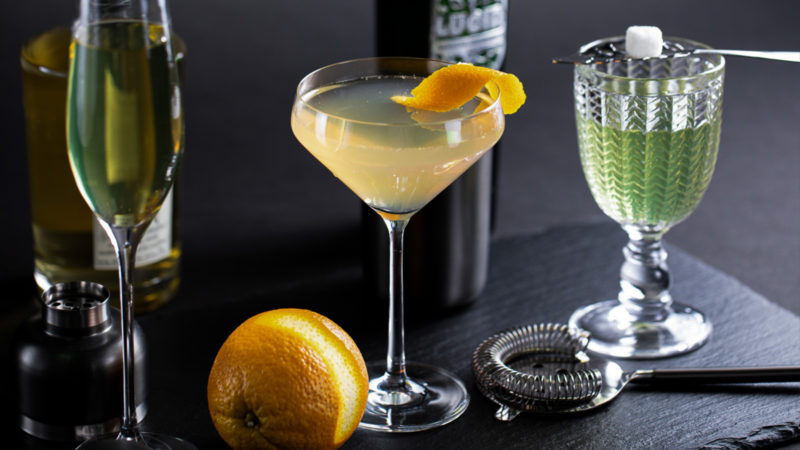
Bottled absinthe is most often referred to as one of two categories based on how it’s made, distilled or mixed, but you may also see these terms on labels:
- French/Swiss Style: Usually adheres to the more traditional French/Swiss recipe originated by Ordinaire and the Henriod sisters
- Czech/Bohemian Style: Easy to spot because they drop the “e” from absinthe; considered of lower quality as its typically mixed rather than distilled and favors a wormwood-heavy liquor without the usual herbs, making it essentially wormwood bitters
- Blanche: Clear absinthe sometimes lower in alcohol but not necessarily
- Verte: Blanche absinthe with an added herbal distillate colored with green herbs
- Alicante: Spanish absinthe with a distinct citrus note
Try It: Three Absinthe Recipes
Absinthe is generally a guest star in cocktails featuring other types of alcohol in higher quantities—it’s a good ratio considering how strong (in both taste and ABV) absinthe can be.
The Pure Absinthe Drip
The simplest and yet most ritualistic way to drink absinthe. Visit a place that specializes in the stuff and you may be rewarded with an ultra-cool fountain-like gadget that controls the stream of absinthe, but you can also recreate the experience at home.
- 1ounce absinthe
- 1 sugar cube
- Ice cold distilled water
You’ll also need a slotted absinthe spoon and a glass (the traditional one has a bulb-like bottom). Pour absinthe into the glass. Place the slotted spoon on top of your glass and add the sugar cube. Slowly drip water over the sugar cube just until the cube melts and drains into the absinthe—you’ll typically need about 3 to 5 ounces of water total to your one ounce of absinthe.
Death in the Afternoon
Named after the Hemingway book and just as moody. Hemingway himself came up with the recipe. He apparently drank a lot of them, too.
- 1 ½ ounces absinthe
- 4 ½ ounces Champagne
Pour your absinthe into a flute or coupe glass. Top with Champagne. Drink and brood.
Corpse Reviver
This cocktail may only have a splash of absinthe, but the flavor (and power) shines through. It was originally intended as a hangover cure, but it could just as easily cause one.
- 1 ounce gin
- 1 ounce fresh lemon juice
- 1 ounce Cointreau
- 1 ounce Lillet
- Dash of absinthe
- Orange peel for garnish (optional, but nice)
Add all ingredients to a cocktail shaker filled with ice. Shake, then strain into a chilled martini glass or regular cocktail glass. Add orange peel and serve.



